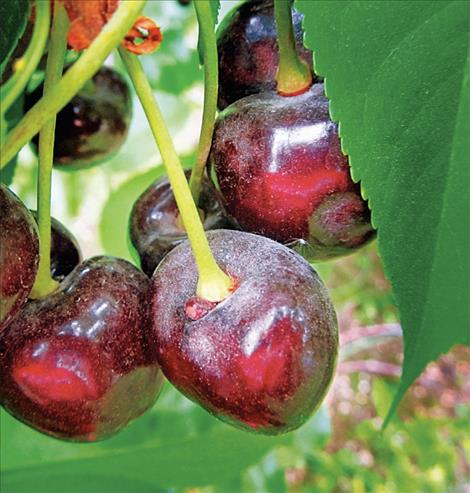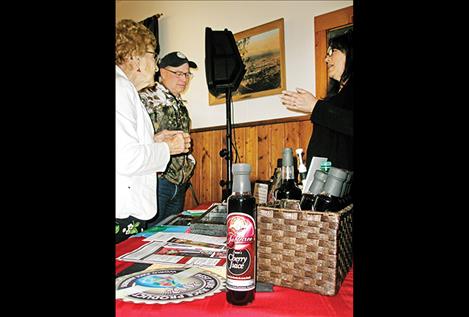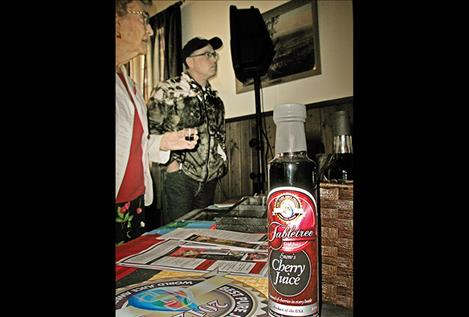Cherry mildew discussed at annual meeting
Hey savvy news reader! Thanks for choosing local.
You are now reading
1 of 3 free articles.
YELLOW BAY — Local cherry growers heard about cherry powdery mildew on Saturday.
Claudia Probst, a research associate at Washington State University- Prosser, spoke about the fungus before the Flathead Lake Cherry Growers, Inc.
Probst said the mildew is unique to the Pacific Northwest, and mildew that affects other plants is not the same as the kind that affects cherries.
Cherry powdery mildew is quite a problem in Washington but apparently not as prevalent in Montana.
The mildew affects the leaves of the cherry tree before appearing on the fruit just before harvest.
“As soon as you have a leaf infection you have to worry about it,” Probst said, adding that the mildew doesn’t appear on the leaves of the Sweetheart variety but can still affect the fruit.
Pruning a tree helps prevent the mildew because a well-pruned tree has a lot less disease.
“You can cover a well-pruned tree easier with fungicide,” she said.
Probst recommends rotating the types of fungicides one uses on trees. If spraying before and after a harvest is cost prohibitive, she recommends using it before.
Another effective remedy is sulfur, which kills fungus spores. One has to apply sulfur frequently, however, and use personal protective equipment. She cautions not to use sulfur once temperatures reach 80 degrees because it could damage the fruit.
Organic orchards can use stylet oil pre-harvest, she said.
Cherries that are harvested prior to Bing cherries, which she called “escapees,” typically do not contract the mildew. She added that the Chillan variety is not susceptible, and a man in the audience added that the Centennial variety does not contract the mildew either.
Cherries that have mildew can be put into brine with sulfur dioxide and made into Maraschino cherries, she said, adding this has been done in The Dalles, Oregon.
A person can eat cherries with mildew, she said, noting that she has.
“It’s a very neat little fungus … but you can’t export it,” Probst said.
She speculates that powdery mildew came to Montana from trees brought in from Washington. Those who would like more information on Probst’s research can search for “WSU Cherry Powdery Mildew Information Network” on Facebook.


















